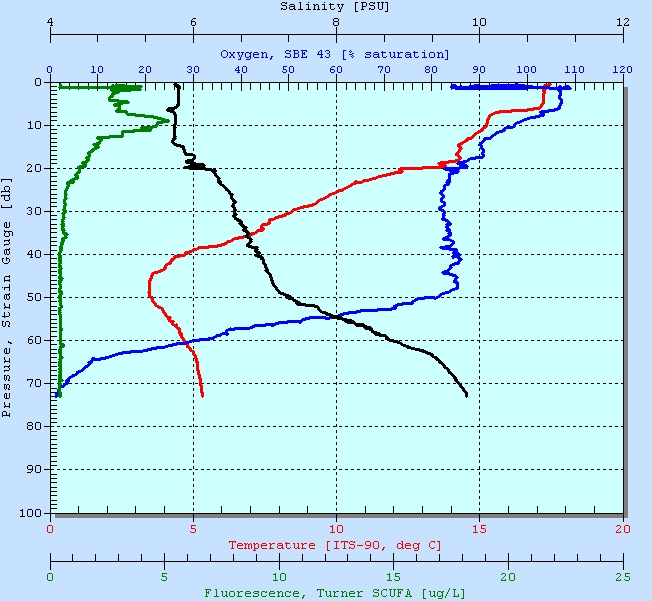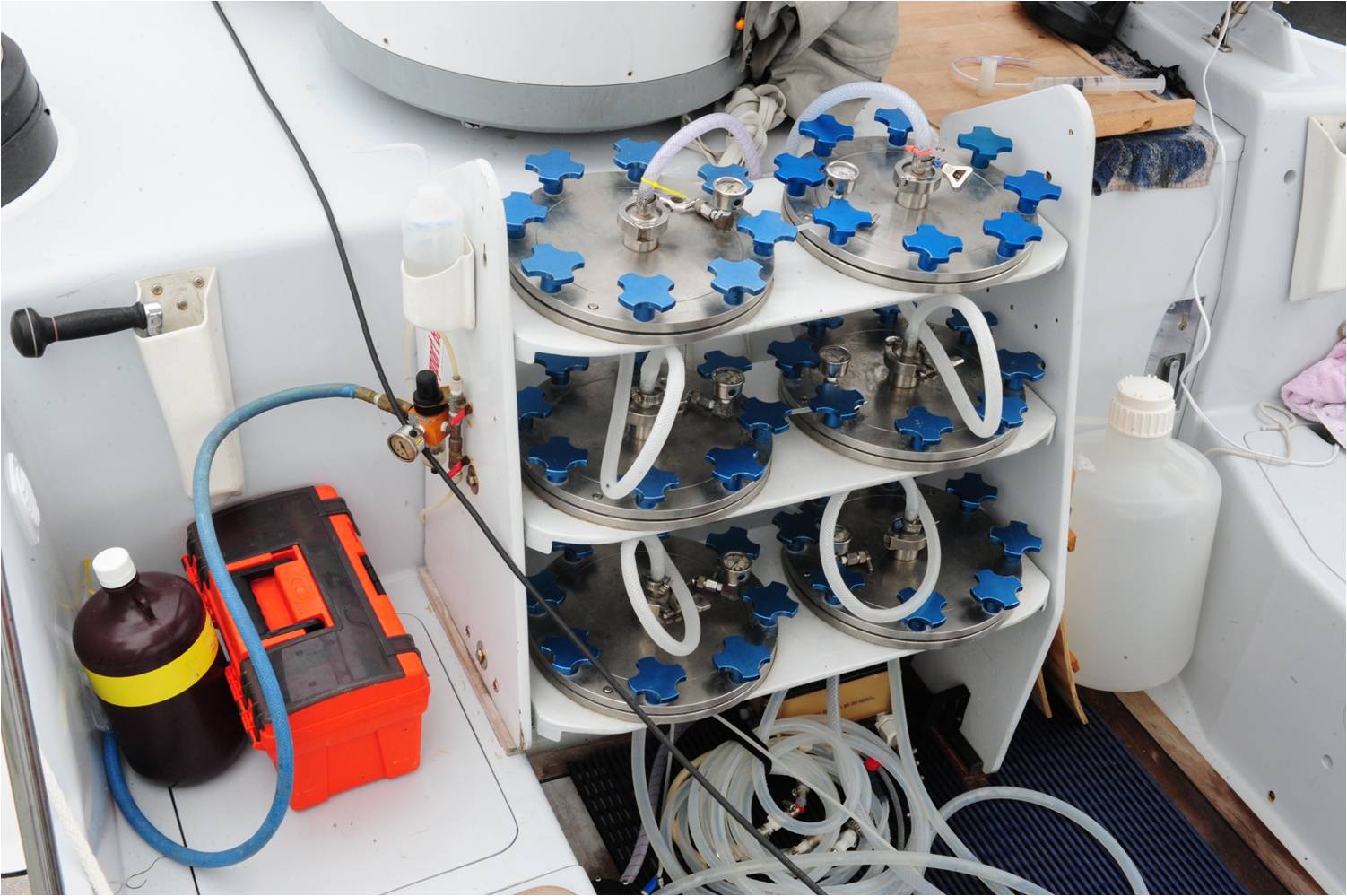The Sorcerer II Sampling Process

July 6th
In the blog about the media event I posted a few days back I put a link to the JCVI media page. On this page you can learn about our research goals, funders and past expeditions (more links on the right side of the page). Before we set out for this sampling season I wanted to explain how we actually collect our samples on Sorcerer II.
One question I get asked a lot is “How do you pick your sample sites?” Well a team at the JCVI that includes Bob Friedman, Sarah Dyste, Andy Allen and Chris Dupont work with collaborators from the countries we will be collecting samples. The collaborators give us the coordinates of research sites that they are interested in. In most cases these sites have years of data associated with them. It is our goal to pair metagenomic data with the ongoing in country research to establish a fruitful scientific collaboration.
Once all the proper permits are in place, Karolina, Captain Charlie and myself chart out the best sample route that will allow us to collect the most unique samples and avoid rough weather and seas. Once we arrive at a sample site the first thing we do is lower the CTD (which stands for Conductivity, Temperature and Depth). As the name implies it measures temperature, depth, salinity as well as fluorescence, pH, and dissolved oxygen. As the CTD is lowered it gives real time data that is graphed on a computer in the cockpit.


Once a profile is complete we decide where to collect our sample, from Sorcerer II we can collect water from 120 meters (393 feet). Most of the time the sample is collected in the chlorophyll max, but not always, we also are interested in low oxygen zones, salinity gradients and thermoclines. Once an area in the water column is chosen, 200 liters of water is pumped up from depth. At the same time 400 liters is collected from the surface waters, both depths are pre-filtered through a 200um nytex net.
The water is pumped via a small compressed air driven pump through a series of decreasing filters (3.0um, 0.8um and 0.1um). Based on the CTD profile of the water column 200 liters of the filtered seawater from the surface or deep sample is recollected and run through a Millipore tangential flow filtration device (TFF) with a 50 Kda cartridge. The TFF removes excess seawater but retains all the viruses in the sample.



The filters are removed from the rack, stored in buffers and placed in the -80 degree Celsius freezer we have in the engine room. 2 liters of the viral concentrate in 10% glycerol are stored at -20 degrees Celsius. Other subsamples for nutrient analysis, flow cytometry, pigment, and microscopy work are stored in the appropriate buffer/temperature. The entire sampling process takes about 7-9 hours. The samples are shipped back to the laboratories in La Jolla and Rockville on dry ice when we get to a major port.
We also have a fluorescent microscope which displays on the HD television.
